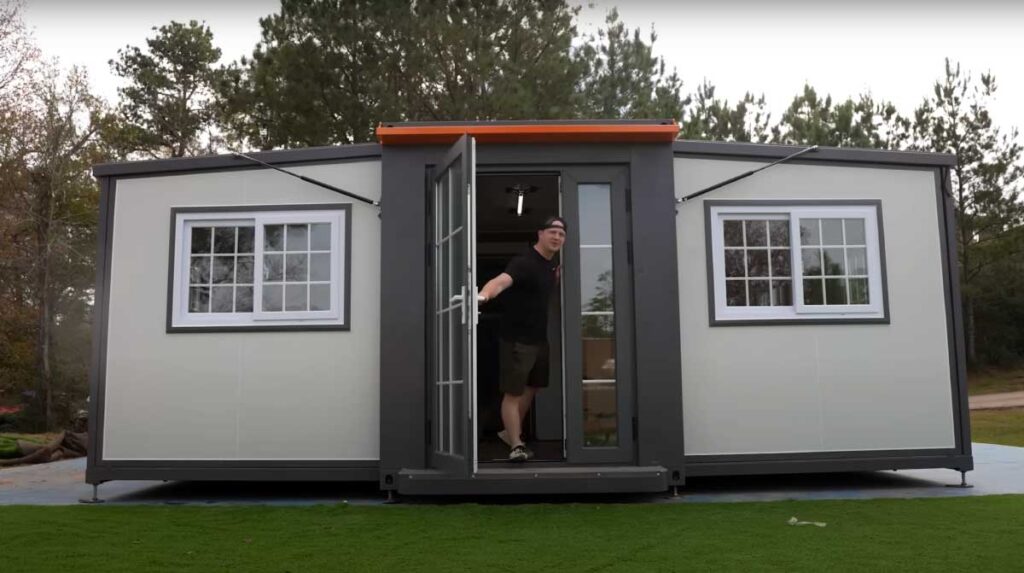I was shocked to see a YouTuber unbox an entire house bought on Amazon. The tiny home only cost $19,999 – probably the only one I could realistically afford these days.
Like many people, I’ve struggled to buy a home in this brutal housing market. The average price is around $387,600 according to Bankrate, requiring at least an income of $106,000. My salary is nowhere near that. Just making rent each month feels impossible sometimes.
The average American income is around $59,000 according to the latest data, which makes the reality of homeownership feel out of reach for many people. As someone struggling to afford housing myself, I can relate to that sense of impossibility when home prices are over 6 times the average salary.
It paints a stark picture of how unaffordable things have become, especially for lower and middle income folks like myself. When a 20×19-foot tiny home seems temptingly affordable at $20,000 in this market, it really shows how skewed the system is against everyday Americans just trying to afford a place to live.
The tiny homes may represent creative solutions, but to me they also symbolize how inaccessible the housing market has become.
I wish leaders would take notice and enact policies to help build more reasonably priced housing options for the average citizen. It’s frustrating feeling locked out of an essential need like shelter simply because I wasn’t born rich.
So I was amazed when I saw the viral video of a YouTuber unboxing a tiny prefabricated home from Amazon. Over 13 million people watched him showcase the 20×19 ft space complete with bathroom, shower, and kitchen.
At first, I thought it was a joke. But Amazon actually sells ready-made small homes that you can assemble yourself. With an electrician’s help, you can get one livable for under $14,000.
I was shocked to see the tiny home cost less than $20,000. The base price was $19,999, which felt unbelievable for a whole house. Even better, when I checked, the price had dropped to $14,000 for all buyers.

In this economy, that sounds tempting. One person commented the tiny house may be the only one they’ll ever afford. Others noted how these homes could help fight homelessness if implemented widely.
The record rate of homelessness is a huge issue. In California alone, an estimated $8 billion a year for 12 years is needed to provide housing. Could small affordable options like Amazon’s make a dent?
To me, the low price tag highlights that a fraction of billionaire wealth could dramatically impact lives if invested in accessible housing. But instead, we’re left scrolling Amazon just to gawk at a home we’ll likely never own.
What’s your take on these viral tiny homes? Do you think they highlight solutions or inequality? Let me know in the comments!
Suggested Reading:
- Refresh Your Living Room: 5 Accessories to Get Rid of Now
- 5 Things That Do Not Belong in Grownup Rooms
Iskra Banović is our seasoned Editor-in-Chief at Blufashion. She has been steering the website’s content and editorial direction since 2018. With a rich background in fashion design, Iskra’s expertise spans across fashion, interior design, beauty, lifestyle, travel, and culture.





